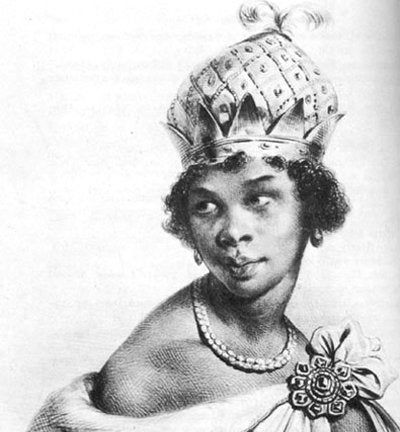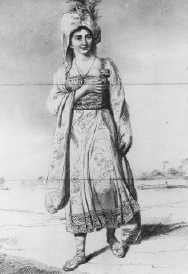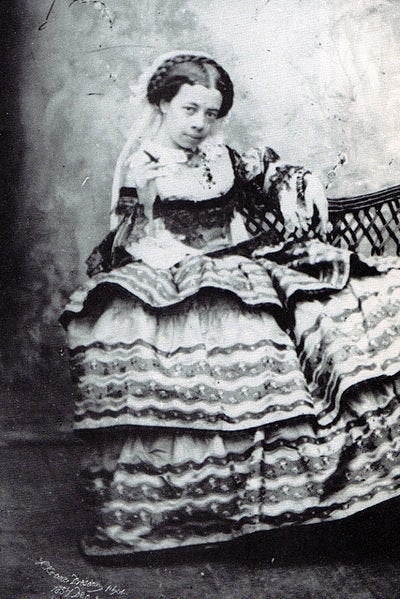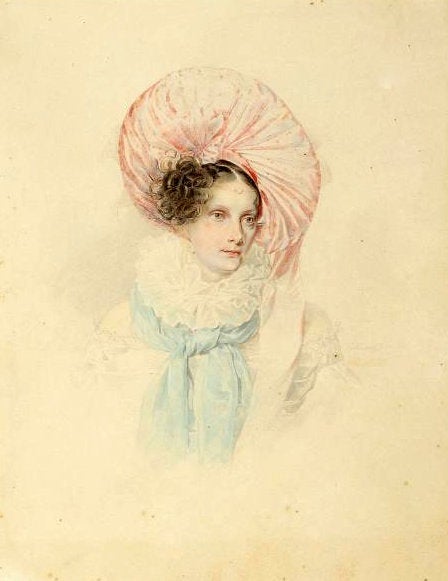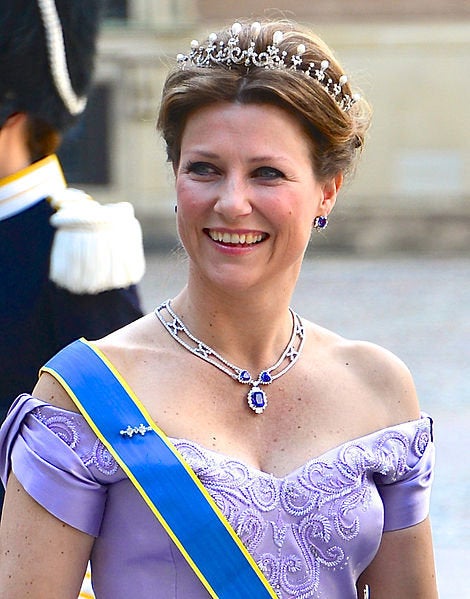Princesses occupy a strange place in Western civilization.
Being a princess is a kind of romantic fantasy that involves having bags of money, a glamorous lifestyle, rightful privilege, and, of course, a living, breathing Prince Charming. But they can also be the uncomfortable embodiment of the gilded cage: In the fairy tales, they're just waiting for a handsome prince to come and rescue them; in the history books, they're often just a footnote, diplomatic cannon fodder married off to suit the geopolitical whims of the kingdom. And these days, there's the whole Princess Industrial Complex: Canny marketing has radically democratized the notion of being a princess, turning something that was once a birthright of a very few into a birthright of pretty much anyone who likes the color pink. Now, the title "princess" applies to anyone with an unjustified sense of glittery entitlement (which goes a long way in explaining every episode of every bridal reality show ever).
But real princesses are, of course, far removed from the cartoon fairy tale, the Prince Charming fantasies, and the glittery bumper stickers declaiming in offensive fonts, "Princess on board!" Real princesses are much, much more complex--because real princesses were actual humans, not cardboard cut-outs.
In "Princesses Behaving Badly" [Quirk Books, $19.95], I took a look at the not-so-Disney lives of 30 princesses, and found a whole world of women whom history had mostly forgotten, vilified, or written off. These are women who took the crown and ran with it--though not always to particularly nice places. They lied, murdered, used sex, or dressed like a man to hold on to power, and weren't afraid to get a little blood on their hands. They're also women who were imprisoned, victims of circumstances entirely beyond their control, or who were forced to make difficult decisions that history still punishes them for. Some were mean, petty, and vain; some drank too much, or gave their affection rather more freely than their contemporaries thought appropriate. Some just wanted to have a good time, no matter how much that unsettled everyone else. And others, of course, were just bizarre and possibly mentally ill- a limited gene pool can be just as corrupting as absolute power. But at the end of the day, they're all real--and isn't that somehow more satisfying than the glittery, pink-and-purple fantasy princess?

